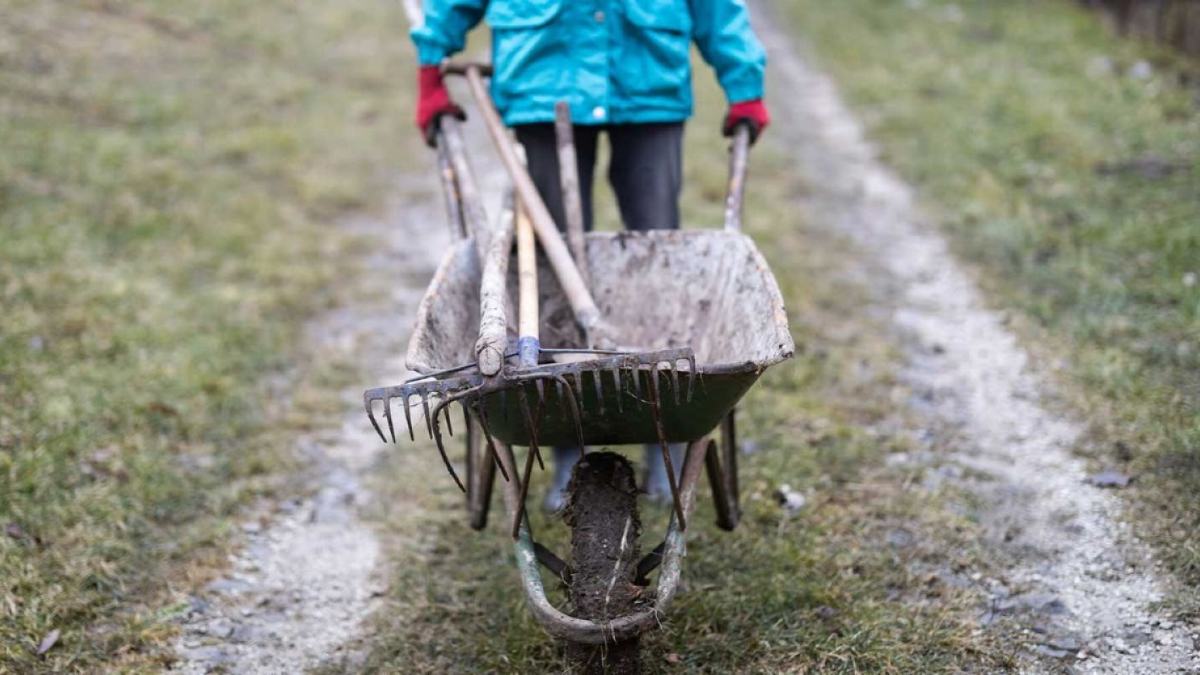Regular tree trimming is essential for tree health and property safety. Here's what you need to know about trimming and pruning your trees, especially before storm season.
Thank you for subscribing
You’ll be sent the latest news, exclusive offers and competitions to your inbox.
6 essential winter gardening tips

Cover the basics now, so you can enjoy the spring blossoms later.
With watering mostly taken care of thanks to rainy days and pests kept at bay, winter affords you the time to get on top of your gardening to-do list and prep your patch for spring success.
From stopping weeds in their tracks to pruning and planning, here’s how to get your garden organised for winter - and beyond.
Six essential winter gardening tips
Weed it out
Rain brings watering relief, but it also brings weeds. Winter is the time when most lawn weeds begin to grow, including bindii weed and clovers. Getting on top of them in the cooler months and removing them before they set seed will help line up a luscious lawn for summer. Hand-weeding usually produces the best results. Take your time and be sure to carefully remove the whole root. Use a garden hoe for larger areas and more stubborn weeds.
Make the cut
Give the secateurs a good workout. Late winter is ideal for pruning deciduous trees and fruit plants, because you can clearly see what needs to be cut back. A good chop promotes fast regrowth in spring, so be vigilant in removing dead, diseased or damaged stems, as well as crossing branches. Rose pruning can be done at any time during winter, but for cold climates it is best to wait until early August so frosts don't claim new shoots. Remove dead branches entirely down to the stump.
Chop the chores
Now is the time to tackle your to-do list. Perhaps you’ve been meaning to fix your irrigation, need to secure your garden steps or have been yearning to build more garden beds. Getting these chores ticked off sets you up - and frees you up - for the busy spring season ahead. Clear out rotting plants, and consider moving underperformers to another location, or replacing them with something more hardy. Make a mulch out of fallen leaves and bark, or throw them in the compost and gather sticks for your fireplace.

Winter is the perfect time to get to work. Image: Getty
Grow your own
You can still yield a hearty harvest in winter. Plant carrots, beetroot, cauliflower, leek, spring onion and broccoli to make your own flu-busting vegetable soup straight from your garden. Spinach and silverbeet thrive in the cooler months, as do nutritional herbs including thyme, rosemary and sage. A rich and nourishing soil is essential for growing and harvesting vegetables and herbs in winter. Replenish old soil with animal manure and plenty of organic compost, then rake it through to help the nutrients break down.
Dream big
No matter how eager you are to get gardening, there will always be dreary winter days that are better spent inside. Use this time to research your dream garden. Map out a plan for that new theme or design you’ve been coveting, plot the logistics of adding more shade in time for summer, or decide which natives you’d like to plant to attract local wildlife into your surroundings. You’ll be ready to get started when the sun comes back out to play.
Pamper houseplants
Your indoor plants need some TLC this season, too. Although they live in a temperature-controlled climate, they’re affected by winter’s dry air, shorter days and limited light. Move plants closer to windows, making sure the windows are clean so the light gets through, and be sure to keep them away from drafts or heaters. Most plants need less water in winter, so be wary of overwatering. Test their moisture levels by pushing your finger an inch or two into the soil. If it’s dry, your plant needs a drink.


